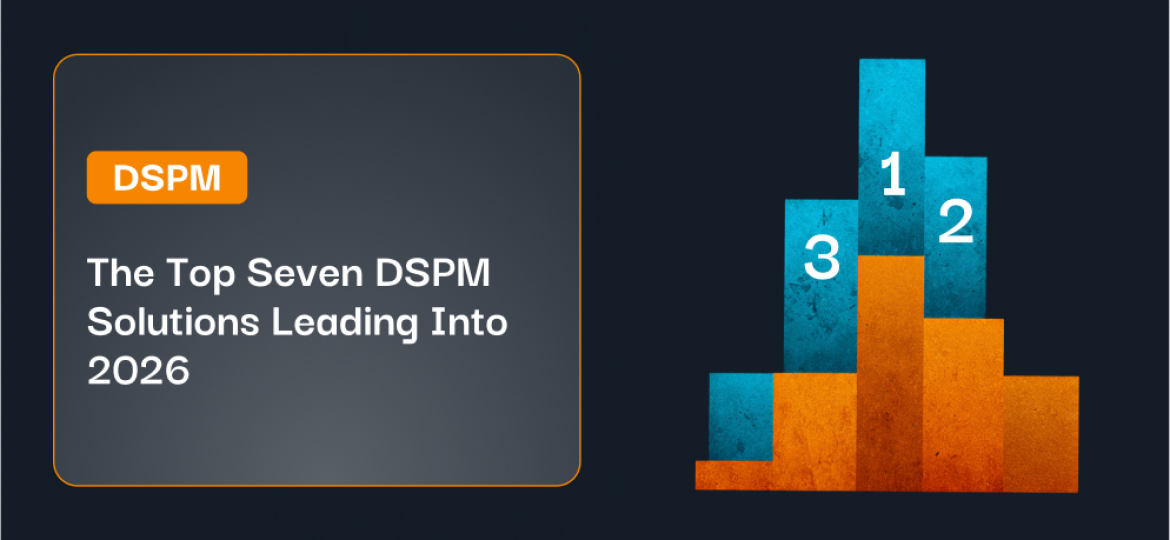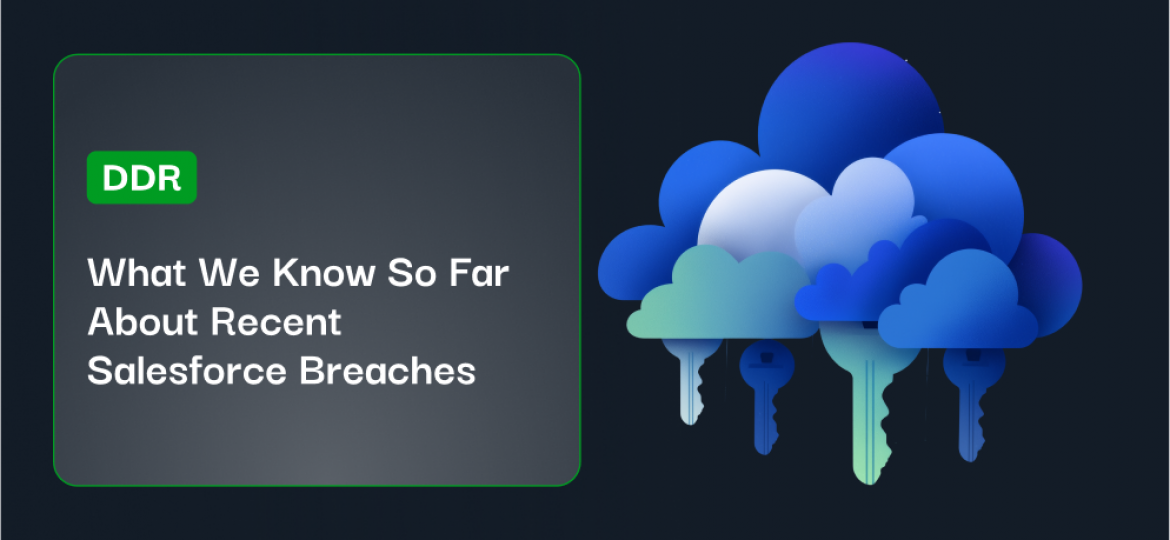Companies in every industry around the world must take data security seriously. Whether you’re storing customer data like personally identifiable information and credit card details or working with proprietary information throughout your organization in order to accomplish your core business goals, protecting your data wherever it lives and moves is absolutely critical. In today’s world, data security strategies are growing increasingly complex to keep pace with modern network architectures and sophisticated cyberattacks.
Jump to a section…
What Is Data Security?
Why Is Data Security Important?
Who Is Responsible for Data Security Management?
What Are the Different Types of Data Storage?
On-premises Data Storage
Cloud Data Storage
Hybrid Data Storage
Learn more about how to keep you and your business’ information secure with the Symmetry Systems Complete Guide to Modern Data Security.
What Is Data Security?
Data security is the practice of protecting digital information at every stage of its lifecycle within your organization, including while at rest, in motion, and in use. This data security definition can imply a focus on protecting valuable and sensitive information itself, or it can be about protecting computers, servers, and networks from malicious attacks. These are overlapping strategies that all fall under the umbrella of data security since attackers need to successfully breach the systems where data exists or the devices where it is in use in order to steal or manipulate their target data.
Why Is Data Security Important?
Even if data isn’t your company’s main focus, your digital assets include all the data you collect, store, and process either internally or on behalf of customers. Efficiently securing that data means protecting against external threats perpetrated by cyberattackers, but it also requires attention to internal threats and human error. According to Verizon’s 2021 Breach Investigations Report, 22% of security incidents originated internally.
Even before the global pandemic inspired a work-from-home revolution, it was easy for on-site employees to unwittingly create vulnerabilities that could lead to potential data breaches. Now that companies are transitioning to hybrid work forces which combine remote and office work and relying more heavily on cloud and hybrid data storage solutions, the need for reliable data security has become even more critical. As many employees have moved their offices into their homes, the lines between work and personal use have been blurred; 70% of employees use their work laptops for personal activities and 69% use personal laptops for work.
In tandem with these changes to the way we work, the tools and techniques cyberattackers use to target organizations have become increasingly sophisticated. For organizations to design and implement effective data security strategies, they must take into account the realities of the modern work world and the current attack trends threatening organizations all over the world.
Who Is Responsible for Data Security Management?
Although most organizations employ dedicated security teams that are responsible for data security management, it’s important to understand that every employee within an organization has a role to play when it comes to keeping company data secure. Basic training and education can help ensure that employees organization-wide are operating with a working knowledge of data security best practices. Sharing the responsibility in this way deputizes your entire team to reduce the chances of creating a vulnerability. Security training can help avoid the one innocent click on an infected email link or attachment that opens the door to an attacker.
At the same time, dedicated security hires can oversee data security management at every level, from designing and administering employee training to building and implementing data security controls. In fact, multiple security professionals must collaborate to ensure every department is contributing to the strongest security posture possible. The key players that must coordinate toward this shared goal are compliance staff, data scientists, and data security teams. On data or cyber security teams, there are two primary roles:
- Chief Information Security Officer: The CISO oversees strategies and builds policies to keep data safe from internal and external threats. This person is also responsible for response and mitigation plans that can be executed immediately if a breach or compromise is detected. The CISO strengthens the company’s overall security posture by collaborating closely with other department leaders and key players in the organization.
- IT Director: The IT Director is responsible for implementing the strategies and policies developed by the CISO. At larger organizations, the IT Director typically leads a team of IT experts that oversee day-to-day security protocols and respond to issues whenever and wherever they occur.
Larger organizations are more likely to see strict divisions between these departments, clearly delineating their separate responsibilities, organizational structures, and budgets and resources. Roles and teams might be broken down even further to specifically address issues like security operations, privacy, site reliability engineering, and intrusion detection and response needs. But in midsize organizations, smaller security teams might need to wear multiple hats in order to address compliance, data science, and data security.
What Are the Different Types of Data Storage?
While on-premises data storage was once the norm, modern organizations usually rely on cloud or hybrid data storage solutions. Here’s how the three types of data storage work:
On-premises Data Storage
On-premises storage is when an organization physically stores data on local hardware like servers or computers. On-premises data is typically stored on-site at an organization’s office. While on-premises data is still controlled and safeguarded by the organization’s security department, maintaining local hardware requires high levels of both physical and digital security. Data stored on-premises is shared through a local network.
Cloud Data Storage
Cloud storage means that an outside service provider hosts data digitally instead of using hardware storage within the company’s infrastructure. Employees can access the organization’s information via cloud data storage from anywhere, which is particularly useful as remote work becomes increasingly popular. The cloud storage provider is responsible for both facilitating seamless and secure access to the data it hosts and protecting against common threats like ransomcloud attacks.
Hybrid Data Storage
Hybrid storage combines the best of both worlds; keeping physical data stores in-house keeps security teams responsible for their own data security management, while public and private cloud storage enables employees to access data safely and securely from anywhere. The move to remote work and distributed teams has led to a spike in hybrid and multi-cloud solutions that marry the best features of multiple data storage options in a single unified strategy.
Symmetry Systems is the first company to offer a hybrid data security platform: DataGuard. The platform is a highly effective data security solution designed to meet the needs of modern organizations. Security teams need to know where data is being stored, who has access to it, and how employees are using it; that’s where Symmetry Systems can help. To learn more, contact us today to organize a demo.






